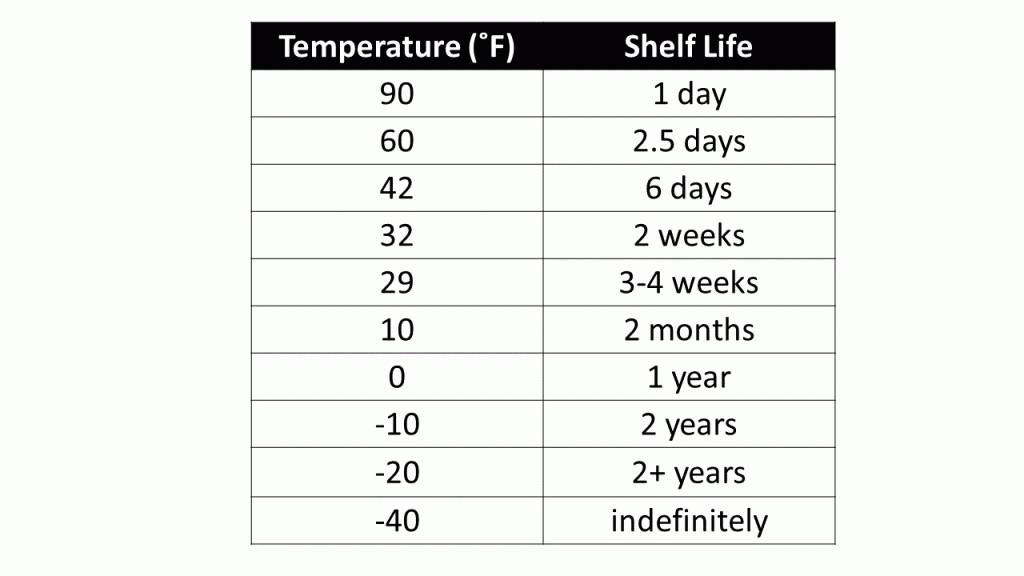 One of the joys of fishing is eating the fish you catch, but you may find your catch doesn’t taste as fresh as expected. Fish must be handled properly or they will spoil quickly. In addition to disappointing taste, fish stored or processed improperly can lead to health problems. You can keep your fish safe by learning how a fish spoils and following simple tips for handling and cooling a fish.
One of the joys of fishing is eating the fish you catch, but you may find your catch doesn’t taste as fresh as expected. Fish must be handled properly or they will spoil quickly. In addition to disappointing taste, fish stored or processed improperly can lead to health problems. You can keep your fish safe by learning how a fish spoils and following simple tips for handling and cooling a fish.
What Causes Fish to Spoil?
- Hooked and struggling fish use large reserves of energy which changes the muscles (the part of the fish we eat).
- The longer the struggle the more the texture and flavor of the fish will change due to byproducts building up in the muscles.
- Injuries such as bruising, blood clots and internal organ damage can further affect quality.
- After the fish dies it immediately begins spoiling due to enzymes and bacteria.
- Like humans, fish have bacteria living on their surface and in their gut. These bacteria will multiply unchecked after the fish dies and can produce the “fishy” smell and taste. The rate of bacterial growth depends on the temperature.
- Enzymes which help living fish with digestion, tissue growth and muscle contraction and relaxation continue to work after the fish dies. This can breakdown the flesh and provide food for bacteria.
- Oxygen can also affect the quality of fish. Oxygen reacts with oils in seafood and can cause the food to become rancid.
By properly handling your catch you can control the rate at which spoilage occurs.
Tips to Properly Handle a Fish
- Land your fish quickly.

- If possible, avoid puncturing the gut, breaking the skin or bruising the fish as you land your catch.
- Bleed the fish as soon as it dies to improve quality.
- Chill as quickly as possible. Place fish on a layer of ice in a cooler and cover with more ice. To cool the fish more quickly make ice slurry with 8 parts ice to one part fresh or sea water.
- For small fish, put on ice immediately and clean after the fishing trip. For large fish gut as soon as they are landed and pack the gut cavity with ice to cool faster.
- Try to keep the guts and internal organs intact when cleaning the fish. Puncturing the entrails releases bacteria and enzymes that will cause the fish to spoil faster.
- Keep your work area clean and avoid contaminating other fish with the gut contents. Wash your work area and knives after each gutting operation.
- Do not allow your fish to become tainted by coming into contact with oily or dirty areas of a boat or dock.
More on Temperature
The factor that’s easiest and most important to control is temperature. Try to keep the internal temperature of fresh, unfrozen fish as close as possible to 32˚ F. The best way to do this is to pack fish in ice or ice water. Make an effort to store fish on ice as soon as possible for complete and rapid cooling. The table below gives the shelf life of lean fish at various storage temperatures. Shelf life means the amount of time before fish is judged unacceptable by those who taste it.

To preserve the quality of the fish you catch handle them as little as possible. If you do a good packing job while you are fishing, your cooler of iced fish can go right into your vehicle. Check to make sure there is enough ice left to keep the fish cool until you get home.
 0
0

